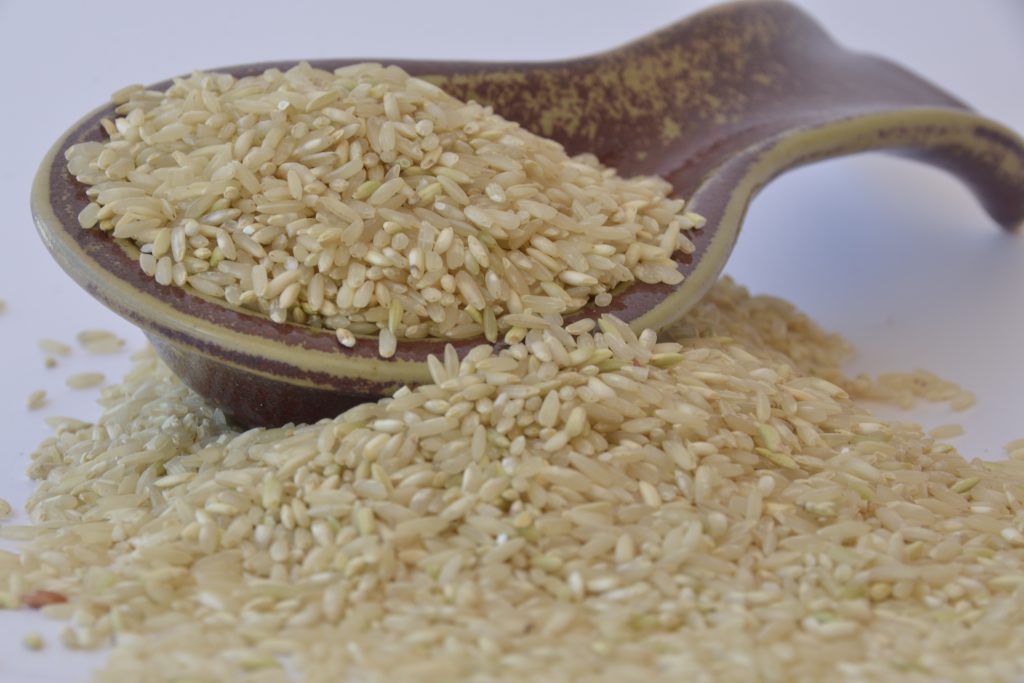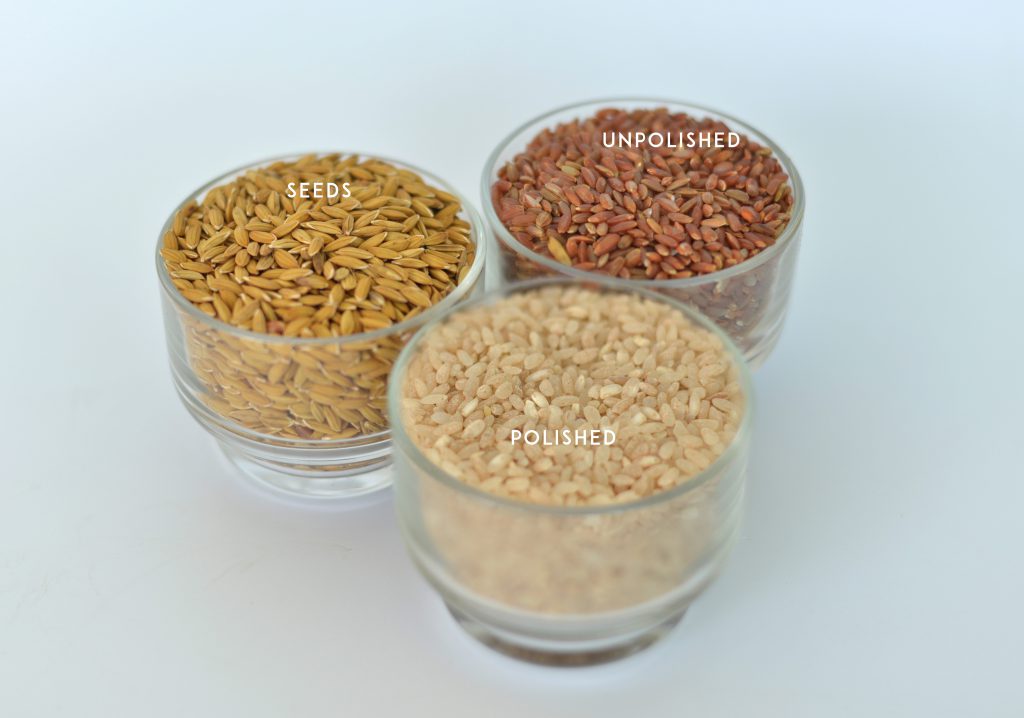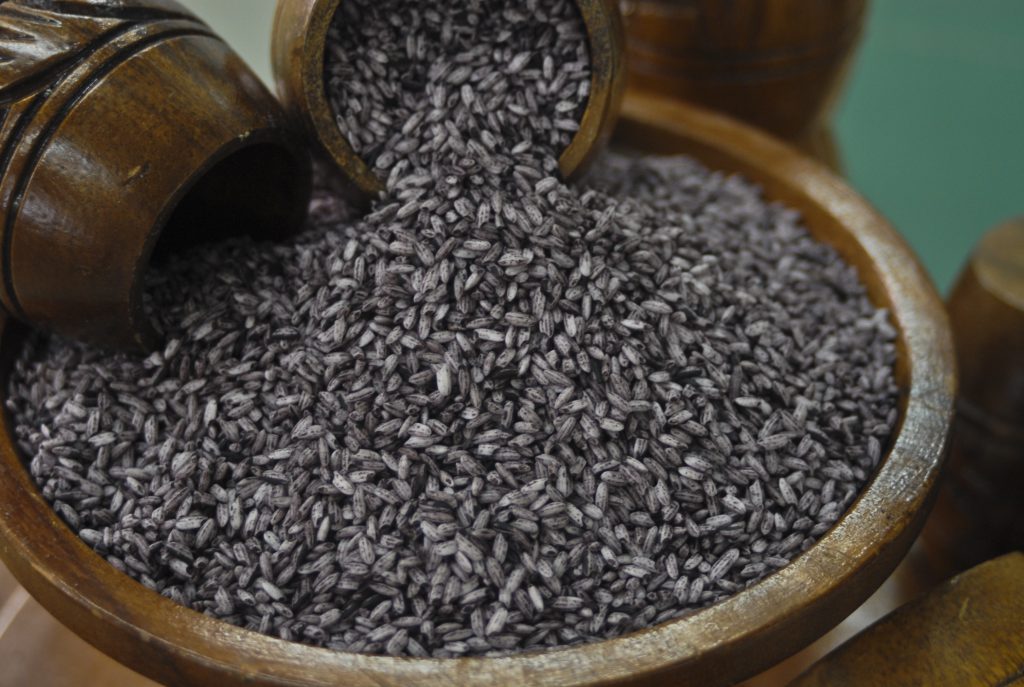Kanin is life! (Rice is life!) No ulam is enticing and satisfying enough when it is served without rice.
White rice makes every ulam extra special. But the milling and polishing processes it undergoes lower its nutritional value due to the removal of rice bran and rice germ.
This now calls for consumers to consider eating the healthier and more colorful alternatives to white rice. العب روليت
As we put a close to this year’s Nutrition Month Celebration, let’s find out how we can healthily boost our families’ meals by trying out these colorful rice alternatives.

- Brown Rice
Brown, chewy, and healthy!
Brown rice or pinawa is known to have more dietary fibers and polyphenols. Dietary fiber improves digestion and helps prevent constipation. روني بالانجليزي Polyphenols, on the other hand, can help in weight management, and in preventing diseases like diabetes and cardiovascular diseases.
Only the rice husk is removed to produce brown rice, making it an unpolished rice. The bran layer, which is usually removed during milling, is not detached from the grain; resulting in the rice’s brown color. Brown rice is a healthier alternative to polished and well-milled rice because its bran is also rich in protein, fiber, vitamins, and minerals.

- Red Rice
PhilRice studies have confirmed that unpolished pigmented rice is superior to white rice, and even brown rice, in terms of health benefits!
Aside from the health benefits that consumers get from brown rice, red rice like dinorado has phytochemicals in its bran. These phytochemicals have high antioxidant activity. Unpolished pigmented rice is packed with antioxidants that strengthen our bodies against chronic lifestyle diseases like cancer and heart diseases. In some countries, red rice was traditionally consumed as medicine to support better kidney function, blood flow, and diabetes prevention.

- Black Rice
Famously known as the “Forbidden Rice” or the “Emperor’s Rice”, black rice was exclusive for rich and emperors in China during the ancient times. People believed that those who consume black rice have longer life. But now, anyone, regardless of age, gender, or status can eat and enjoy the goodness of black rice for only P75 a kilo.
Like
red rice, black rice also has antioxidants that can fight free radicals, which
usually destroy body cells and cause
health complications such as poor eyesight, diabetes, atherosclerosis (blood
flow restriction due to fat build up), and cancer.
Black
rice also has anthocyanins. These anthocyanins give colors red, violet, and
blue to food such as grapes, tomatoes, blueberries, and black rice. The sugars
from red and black rice are more easily absorbed and used by our bodies
compared to sugars from white rice; thus, lowering the risk of diabetes.
Rice
will always be a constant part of every Filipinos’ life. But with more options, everyone can choose and
add diversity to the plate, nutrients to the bodythrough brown, red, and black
rice.




